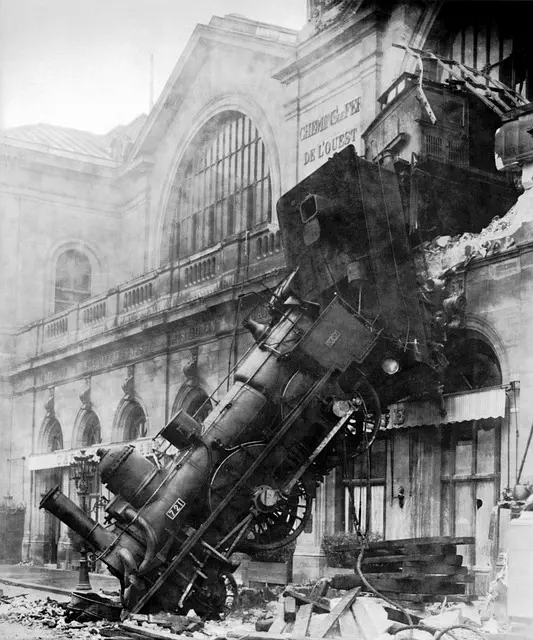In Manhattan, cyclists are subject to traffic laws, with rights and responsibilities mirroring those of motorists. Understanding regulations like stopping at lights and yielding to pedestrians is crucial for safe navigation. Challenges include right-of-way rules, lighting requirements for night riding, and protecting against injuries that might lead to seeking help from a Bronx traumatic brain injury lawyer. Urban areas require dedicated bike lanes, marked crosswalks, and speed bumps to minimize hazards. Accidents caused by negligence or poor infrastructure can result in traumatic brain injuries (TBI), highlighting the need for driver education and urban planning improvements. A Bronx traumatic brain injury lawyer is essential for understanding legal rights and seeking compensation after a Manhattan cycling accident.
In Manhattan, cyclists face unique challenges navigating bustling city streets. This article delves into the crucial topic of cyclist right-of-way rules, exploring both rights and responsibilities. We examine safety measures essential for urban cyclists, shedding light on common accident causes in New York City. Additionally, we offer insights from a Bronx traumatic brain injury lawyer, highlighting legal recourse options for involved cyclists. Finally, we discuss strategies to enhance cyclist safety through infrastructure improvements and public awareness.
- Understanding Cyclist Rights and Responsibilities in Manhattan
- The Importance of Safety Measures for Cyclists in Urban Environments
- Common Causes of Cycling Accidents in New York City
- Legal Recourse for Cyclists Involved in Collisions: A Bronx Traumatic Brain Injury Lawyer’s Perspective
- Enhancing Cyclist Safety: Role of Infrastructure and Public Awareness
Understanding Cyclist Rights and Responsibilities in Manhattan

In Manhattan, cyclists have specific rights and responsibilities that are governed by traffic laws. Cyclists are considered vehicle operators and must adhere to the same rules as motorists, including stopping at red lights and stop signs, yielding to pedestrians, and signaling turns. Understanding these regulations is crucial for both cyclists and drivers alike to ensure safe navigation on the city’s bustling streets.
New York City, with its diverse landscape, presents unique challenges for cyclists. Cyclists have the right of way at many intersections and when they are riding in designated bike lanes. However, they also bear the responsibility of using hand signals for turns and maintaining a safe speed. Familiarizing themselves with local laws, such as those concerning helmet use and lighting requirements for night riding, can help protect them from potential Bronx traumatic brain injury lawyer scenarios.
The Importance of Safety Measures for Cyclists in Urban Environments

In urban environments like Manhattan, where cyclists share the road with vehicles and pedestrians, safety measures are paramount. Cyclists face unique risks, including collision with motor vehicles and falls due to uneven surfaces or obstructions. Implementing dedicated bike lanes, clearly marked crosswalks, and speed bumps can significantly reduce these hazards. Moreover, enforcing traffic laws that prioritize cyclist rights of way is crucial.
For instance, in cases where a driver fails to yield the right of way, leading to a collision resulting in injuries like traumatic brain injuries (TBI), seeking legal counsel from experienced Bronx traumatic brain injury lawyers can be essential for holding accountable those responsible and securing compensation for victims’ medical expenses, rehabilitation, and pain and suffering.
Common Causes of Cycling Accidents in New York City

In New York City, cycling accidents can result from a variety of factors that often involve negligence on the part of drivers or other cyclists. One of the most common causes is failure to yield right of way, especially at intersections where cyclists have dedicated lanes or signals. This neglectful behavior can lead to collisions with vehicles turning across bike paths or failing to stop at red lights. Additionally, distracted driving, such as texting while behind the wheel, significantly increases the risk of accidents, as drivers may not see cyclists until it’s too late.
Another contributing factor is inadequate infrastructure for cycling safety, particularly in areas like the Bronx where road conditions and traffic density can be high. Cyclists might be forced to share lanes with vehicles or navigate through complex urban landscapes without dedicated bike lanes or safe crossing points. Moreover, poor weather conditions, such as heavy rain or snow, can make roads slippery and reduce visibility, increasing the likelihood of accidents. These issues underscore the need for both driver education on sharing the road respectfully and improved urban planning to better protect cyclists and prevent traumatic brain injuries and other serious injuries that may result from Manhattan cycling accidents.
Legal Recourse for Cyclists Involved in Collisions: A Bronx Traumatic Brain Injury Lawyer’s Perspective

In the event of a cycling accident in Manhattan, understanding your legal rights and options is paramount, especially if you’ve suffered a traumatic brain injury (TBI). A Bronx traumatic brain injury lawyer can offer valuable guidance and represent your interests when dealing with potential legal recourse. These professionals are well-versed in navigating complex personal injury cases, particularly those involving cyclists, who often face unique challenges in establishing their right of way on city streets.
When a cyclist is involved in a collision, determining liability can be intricate. A Bronx traumatic brain injury lawyer will help assess the circumstances, review relevant laws and regulations regarding cyclist rights, and identify potential negligence or violations that might have contributed to the accident. Their expertise lies in advocating for clients’ rights, ensuring they receive fair compensation for medical expenses, pain and suffering, and any long-term impacts resulting from the TBI.
Enhancing Cyclist Safety: Role of Infrastructure and Public Awareness

In Manhattan, enhancing cyclist safety is paramount, especially with the increasing number of cyclists navigating the city’s bustling streets. Infrastructure plays a crucial role in this regard. Well-designed bike lanes, clearly marked intersections, and safe crossing points can significantly reduce conflicts between cyclists and motorists. Public awareness campaigns are also essential to educate both cyclists and drivers about shared responsibilities and the importance of yielding to cyclists on roads and in bike lanes.
For instance, in areas with high cyclist traffic, like the Bronx, where traumatic brain injuries (TBI) among cyclists are not uncommon, implementing physical barriers between bike lanes and car traffic can provide an extra layer of protection. Additionally, motorists need to be made aware of the legal rights of cyclists and the potential consequences of violating these rights, which can help deter dangerous driving behaviors. Together, these measures can create a safer environment for all road users, ensuring that Manhattan remains a welcoming and accessible city for cyclists while minimizing risks of accidents and injuries, including TBI, as advocated by Bronx traumatic brain injury lawyers.
In navigating Manhattan’s urban landscape, understanding cyclists’ rights and responsibilities is vital for both riders and motorists. By prioritizing safety measures and enhancing infrastructure, we can reduce accidents and protect vulnerable cyclists. A Bronx traumatic brain injury lawyer underscores the importance of public awareness and effective legal recourse for those involved in collisions. Together, these steps will foster a safer environment for cyclists, ensuring they can enjoy their commute without fear of harm.
